Summary:
Process flow of sheet metal welding:
For any sheet metal part, it has a certain processing process, that is, the so-called process flow. With the difference of the structure of the sheet metal parts, the process flow may be different, but it does not exceed the following points in general:
1. Design and draw the part drawing of its sheet metal parts, also called three views, which is used to express the structure of its sheet metal parts in the form of drawings.
2. Draw an expanded drawing, that is, expand a part with complex structure into a flat part.
3. There are many kinds of blanking methods, mainly including the following:
The shearing machine blanking is to use the shearing machine to cut out the overall length and width of the unfolded drawing. If there is punching and chamfering, turn the punching machine to combine with the die for punching and chamfering.
Punch blanking refers to the stamping forming of the flat part structure after the parts are unfolded on the sheet in one or more steps by the punch. It has the advantages of short working hours, high efficiency, reduced processing costs, and is often used in batch production.
NC NC blanking, NC blanking must first prepare NC processing program, that is, use programming software to compile the drawn expansion diagram into a recognizable program of NC NC machining machine tool Let it punch out the structural shape of its flat piece on an iron plate step by step according to these procedures.
Laser blanking is to use laser cutting method to cut out the structural shape of its flat piece on an iron plate.
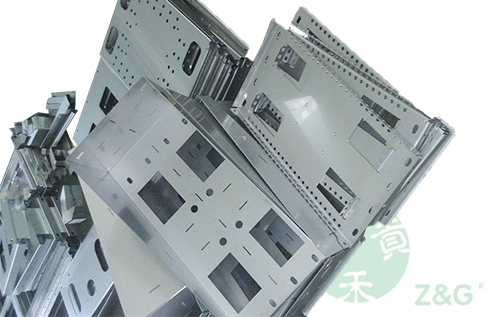
4. Flanging tapping, also known as tapping, is to tap a slightly larger hole on a smaller base hole, and then tap on the tapping hole. This can increase its strength and avoid tooth slippage. It is generally used for sheet metal processing with relatively thin plate thickness. When the plate thickness is large, such as 2.0, 2.5 or more, we can tap directly without flanging.
5. Punch processing: generally, punching and cutting angles, punching and blanking, punching convex bags, punching and tearing, drawing holes and other processing methods are used by the punch to achieve the processing purpose. The processing needs to be completed by corresponding molds. Punching convex bags includes convex bag molds, and punching and tearing parts include tearing forming molds.
6. Press riveting, the press riveting method is generally completed by a punch or hydraulic press riveting machine to rivet it to the sheet metal parts.
7. Bending, bending is to convert a 2D flat piece into a 3D part. Its processing requires a bending machine and corresponding bending die to complete the operation. It also has a certain bending sequence. The principle is to first bend the next knife without interference, and then bend the next knife with interference.
8. Welding is to weld multiple parts together to achieve the purpose of processing or to weld the edge seam of a single part to increase its strength Generally, the processing parties are as follows: argon arc welding, spot welding, etc. These welding methods are selected according to the actual requirements and materials. Generally, argon arc welding is used for aluminum plate welding.
9. Surface treatment, generally including phosphating film, electroplating colorful zinc, chromate, paint baking, oxidation, etc.
10. Assembly refers to the assembly of multiple parts or components in a certain way to make them a complete material. Among them, attention should be paid to the protection of materials and parts, which should not be scratched or bruised. Assembly is a key step for the completion of materials and parts. If materials and parts cannot be used due to scratches and bruises and need to be reworked, it will waste a lot of processing hours and increase the cost of materials and parts. Therefore, special attention should be paid to the protection of materials and parts.



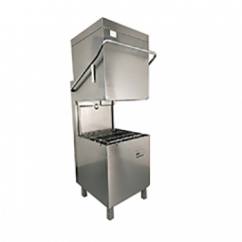
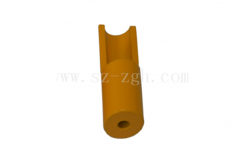
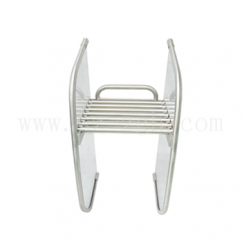
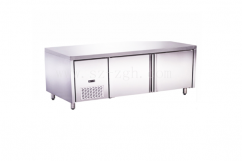
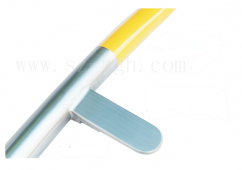
 What help do you need?
What help do you need?